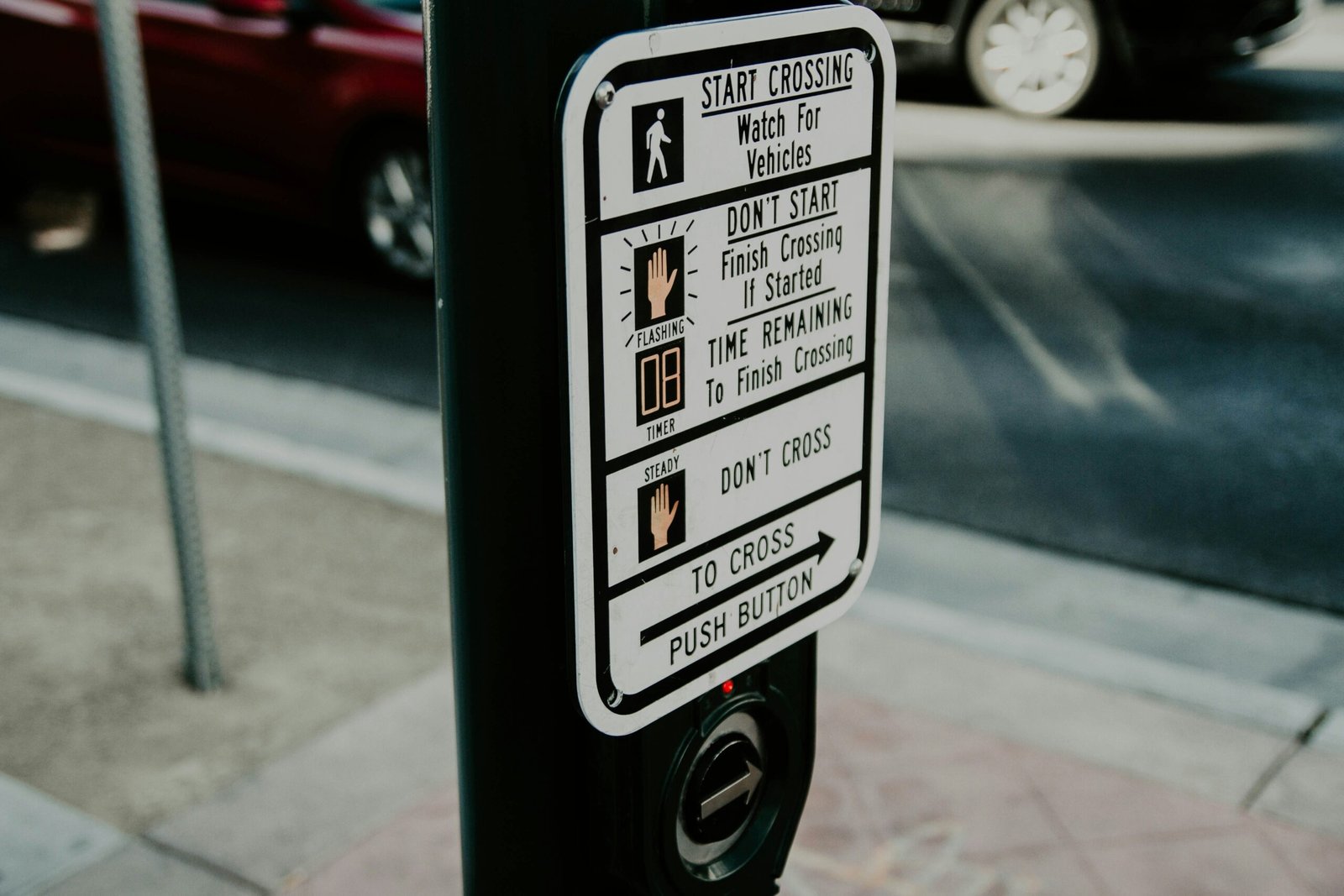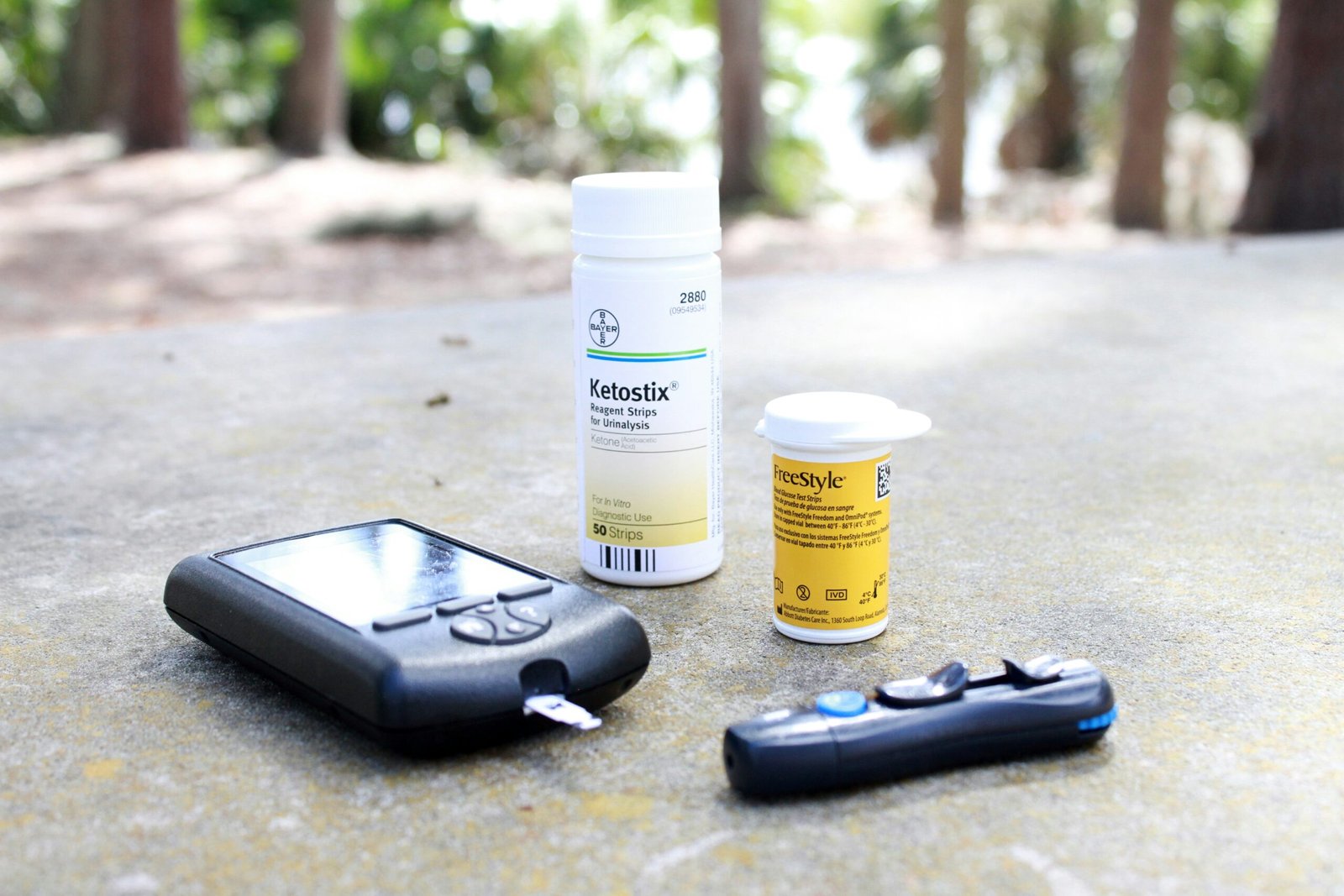Many Windows users have experienced the frustration of booting into Safe Mode only to discover that their Start button is unresponsive. This situation can be particularly disheartening, especially when one seeks to troubleshoot existing issues or perform necessary updates with limited functionality. Safe Mode is designed to allow users to diagnose problems by starting Windows with a minimal set of drivers and startup programs; however, the loss of core features, such as the Start button, can impede effective system resolution.
This issue is not isolated; it is a common scenario that can arise during routine system maintenance or as a result of unforeseen software conflicts. When the Start button fails to work in Safe Mode, it may prevent access to vital system utilities or tools that are normally available within the Windows environment. Consequently, users may find themselves at a standstill in their troubleshooting efforts, unable to utilize even basic navigational features.
The objective of this blog post is to provide a comprehensive guide that outlines the troubleshooting steps necessary to restore the functionality of the Start button while operating in Safe Mode. By following the methods presented, users can methodically address the problem, empowering them to effectively resolve the issues at hand. Our aim is to equip users with practical solutions, enabling them to regain control over their system’s functionality and proceed with any necessary repairs or configurations. The forthcoming sections will delve deeper into specific techniques and approaches, ensuring a clearer understanding of how to rectify this vexing issue efficiently.
Understanding Safe Mode and the Start Button Issue
Safe Mode is a built-in diagnostic mode in Windows operating systems that allows users to troubleshoot and resolve various issues with their system. When a computer is booted into Safe Mode, Windows loads only the essential drivers and services required for the system to operate, significantly reducing the possibility of conflicts with software or hardware. This environment is particularly useful for identifying problems such as driver conflicts, malware infections, or software corruption. However, while Safe Mode can be invaluable for diagnosing issues, it may lead to specific functionalities being limited or unavailable, one of which is the Start Button.
The Start Button, a primary interface element in the Windows operating system, may sometimes fail to respond when the system is booted into Safe Mode. This limited functionality often arises because Safe Mode disables many background processes and third-party applications, which can affect how traditional elements of the user interface function. Additionally, certain features of Windows Explorer, which is integral to the Start Button’s operation, may not load correctly during this diagnostic mode. Consequently, this can lead to frustration for users attempting to navigate their system while in Safe Mode.
Several common issues may contribute to the Start Button not responding in Safe Mode. Corrupted system files, for instance, can hinder the performance of critical Windows processes, including the functionality of the Start Button. Such corruption can occur due to malware infections, improper shutdowns, or failed updates. Additionally, if Windows Explorer itself is facing problems, this can directly impact the Start Button’s functionality. Understanding these underlying issues is key to troubleshooting and ultimately resolving the problem effectively.
Common Causes for the Start Button Not Working in Safe Mode
The functionality of the Start button is pivotal for navigation in the Windows operating system. When this essential feature ceases to work, particularly in Safe Mode, it can stem from various underlying issues. One of the principal causes is the presence of corrupted or missing system files. These files are integral to the operating system’s operation, and their compromise can severely affect user interactions, including the accessibility of the Start menu.
Another significant factor is the improper functionality of Windows Explorer, the program that manages the Start menu along with other desktop elements. When Windows Explorer runs into problems, it can inhibit the Start button’s responsiveness, rendering the troubleshooting process considerably challenging for users relying on Safe Mode for repairs.
Compatibility issues with third-party software may also lead to a malfunctioning Start button. Certain applications may conflict with the basic operating system functionalities, thereby causing the Start menu to fail. This is particularly relevant in Safe Mode, where only essential system programs are loaded, potentially exposing compatibility issues not noticeable during standard system operation.
Lastly, the integrity of the user profile can also play a significant role. A faulty user profile might specifically affect certain accounts, leading to the Start button malfunctioning in designated profiles while remaining operational in others. This scenario suggests that user-specific settings or permissions may lead to the Start button not functioning correctly, complicating resolutions for some users.
Overall, understanding these common causes allows for more effective troubleshooting and correction strategies when dealing with a non-functional Start button in Safe Mode.
Step-by-Step Solutions to Fix the Start Button in Safe Mode
When encountering issues with the Start button in Safe Mode, there are several actionable solutions that can help restore its functionality. Below are detailed steps for each recommended approach.
Restarting Windows Explorer: This method can be effective in resolving temporary glitches. Start by pressing Ctrl + Shift + Esc to open the Task Manager. In the Processes tab, find “Windows Explorer,” right-click it, and select “Restart.” This will refresh the graphical user interface, which often resolves minor issues with the Start button.
Running System File Checker (SFC) and DISM Commands: Corrupted system files may lead to the malfunctioning of the Start button. Open the Command Prompt by searching for it in the Start menu, then run it as an administrator. Type sfc /scannow and press Enter. After SFC completes, type DISM /Online /Cleanup-Image /RestoreHealth to repair the Windows image. These commands scan for inconsistencies and repair them, potentially fixing the Start button.
Enabling Essential Services: Sometimes, crucial services that support the Start button may be disabled. Access the Services application by typing “services.msc” in the Run box. Ensure that services like “User Manager” and “Desktop Window Manager Session Manager” are running. Right-click on any disabled service, select “Properties,” and change the Startup type to “Automatic,” then start the service.
Creating a New User Profile: If the issue persists, there may be a problem with your user profile. In Safe Mode, create a new user profile by opening the Settings app. Navigate to Accounts > Family & other users, then click “Add someone else to this PC.” Follow the prompts to create a new account, after which you can log in to check if the Start button functions correctly.
Using System Restore: If the Start button issue began recently, using System Restore may revert your system to a previous stable state. Type “rstrui.exe” in the Run dialog, select a restore point before the problem occurred, and follow the on-screen instructions. This action can undo recent changes without affecting personal files.
Implementing these solutions can help restore the Start button functionality in Safe Mode, ensuring a smoother Windows experience.
Additional Troubleshooting Tips
If the primary solutions for resolving issues with the Start button in Safe Mode do not yield positive results, there are several additional troubleshooting strategies that users can employ to diagnose and rectify the problem. One of the foremost recommendations is to perform a thorough scan for malware or corrupt files. Utilizing Windows Defender, which comes pre-installed with the operating system, or opting for a trusted third-party antivirus software, can help identify and eliminate any malicious programs that may be affecting system performance. Ensuring the system is free from infections is crucial, as malware can often interfere with standard functionality.
Another important step is to check for and install any pending Windows updates. Sometimes, critical updates include fixes that can resolve underlying issues affecting the Start button and other aspects of the user interface. To verify updates, navigate to the settings menu and select the “Update & Security” option to access the Windows Update section. Promptly installing available updates can provide enhancements and crucial patches that support system stability and functionality.
Moreover, users may consider utilizing Safe Mode with Networking if further connectivity and access to online resources are required for troubleshooting. This mode not only allows for basic operations but also provides the flexibility to download drivers, updates, or even new applications that could potentially resolve the issues being experienced. Entering Safe Mode with Networking can help users access support websites or download diagnostic tools that may assist in the overall troubleshooting process.
By employing these supplementary methods, users can enhance their troubleshooting efforts for the Start button in Safe Mode, working towards restoring normal functionality to their systems.
When to Seek Professional Help
While many issues related to the start button can be resolved through basic troubleshooting techniques, there are certain scenarios where seeking professional assistance may become necessary. If you have already attempted various solutions such as rebooting your device, running system diagnostics, or using built-in troubleshooting tools without success, it may be time to consult with a tech expert.
Persistent problems that continue to affect the functionality of your operating system, especially after trying every available method in Safe Mode, often signal more complex underlying issues. These could include corrupted system files, severe software conflicts, or even hardware malfunctions that are beyond the scope of home repairs. In these cases, the insight and skills of a professional can make a significant difference.
Additionally, if you notice irregular behavior in your device such as frequent crashes, slow performance, or error messages that persist despite all efforts made, these could indicate deeper systemic problems. Engaging with tech support or local repair services can provide you with targeted solutions tailored to your specific situation. Trained professionals possess the diagnostic tools and experience necessary to accurately identify and resolve such intricate issues.
Furthermore, if your device is still under warranty, it is prudent to seek professional help to avoid voiding the warranty through self-repair attempts. Utilizing the services of official support channels can also ensure that your device is serviced correctly, utilizing certified parts and expertise. In conclusion, recognizing when to reach out for professional assistance can save you time and potentially prevent further complications, ensuring that your device remains functional and efficient.
FAQs
When experiencing issues with the start button in Safe Mode, users often have several questions that need clarification. One common inquiry is whether the start button is intended to function normally in Safe Mode. The answer is yes; however, certain functionalities and applications may be limited due to the restriction of third-party software, which can affect the start button’s behavior.
Another question relates to the effectiveness of the proposed solutions for restoring functionality to the start button. Most methods, including restarting the computer, running diagnostic tools, and resetting Windows settings, have been proven effective for many users. However, results can vary depending on the individual system’s configuration, the underlying issues, and the Windows version in use. For the best outcomes, carefully follow the recommended troubleshooting steps or consider additional specialized software if common methods prove ineffective.
Concerns regarding data safety during system restorations are also prevalent among users. It’s important to note that restoring the system settings or resetting Windows can lead to potential data loss, especially if backups of important files are not performed beforehand. Users should ensure a safe and comprehensive backup of all critical data before proceeding with any restoration methods. This practice minimizes the risk of losing important documents or files and permits a more secure return to regular functionality.
Lastly, users often wonder how to maintain the start button’s functionality after successfully implementing fixes. Keeping the system updated, regularly scanning for malware, and avoiding unauthorized programs can help prevent future issues. Optimizing overall system health is essential for ensuring the start button remains operational, even in Safe Mode.
Conclusion
In this blog post, we have explored a comprehensive range of troubleshooting steps for repairing the start button in safe mode. This issue can arise for various reasons, including software conflicts, corrupted files, or even system updates that may have altered settings. By adopting systematic approaches, users can effectively address these problems and restore functionality.
We began by discussing the importance of accessing safe mode, which allows users to troubleshoot without the interference of third-party applications. Steps such as running system checks, utilizing the System File Checker (SFC), and executing the DISM tool were highlighted as foundational practices. These solutions help ensure that any corrupted files are identified and repaired, thus potentially resolving the start button issue.
Equally important, we emphasized the necessity of reviewing installed software and drivers. Conflicting applications can lead to the start button becoming unresponsive, and uninstalling or reverting recent updates might serve as a viable fix. It’s critical to monitor system performance continuously and stay proactive about maintaining up-to-date drivers and software to avoid future incidents.
We encourage readers to take action by implementing the outlined solutions. Each step plays a vital role in identifying the source of the issue and restoring the start button functionality. Furthermore, remaining vigilant about the overall health of their operating system will not only mitigate the risks of similar problems but also enhance the user experience. Through diligence and timely intervention, users can ensure their systems remain optimized and fully operational.


